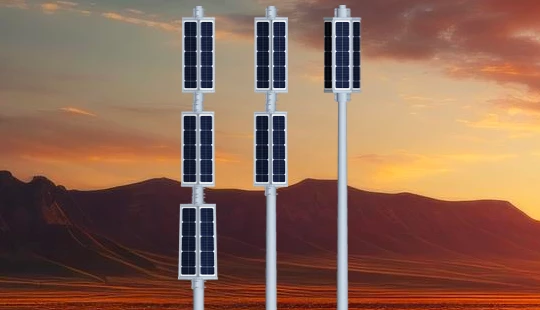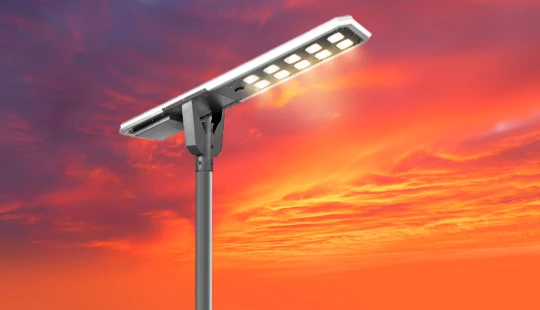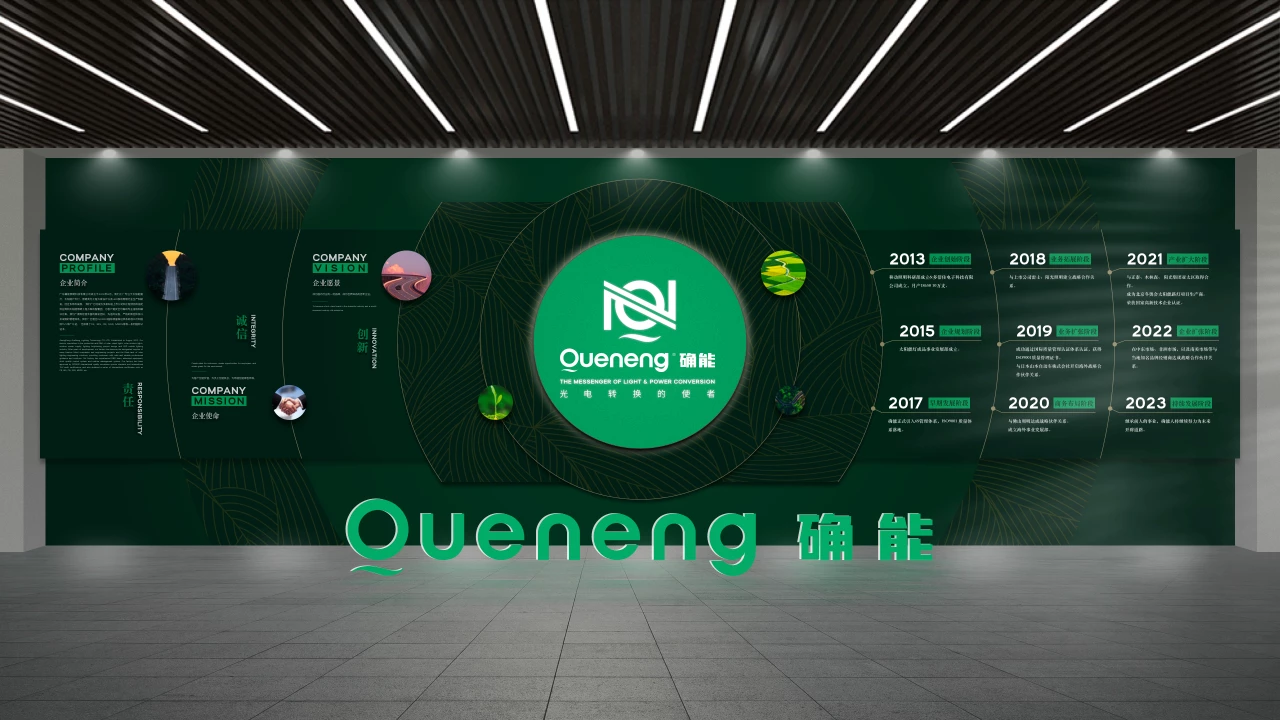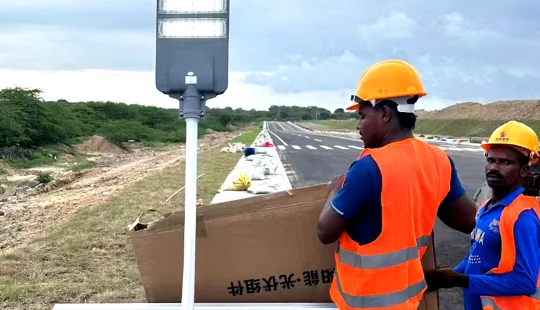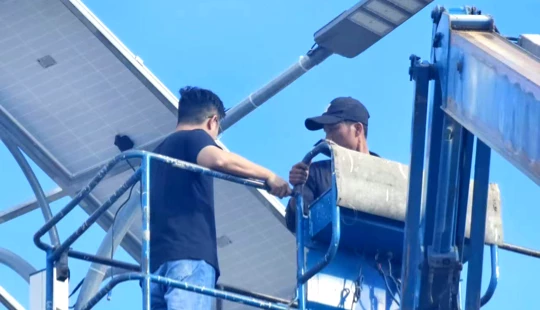how to calculate solar street light system | Queneng Guide
How to Calculate Solar Street Light System Requirements - Queneng
1. Determining the Load
This is the first and most crucial step. You need to determine the total wattage required by your street lights. This involves:
* Number of lights: Count the number of streetlights needed for the area.
* Wattage per light: Check the specification plate of your chosen LED street light to determine its wattage consumption.
* Total wattage: Multiply the number of lights by the wattage per light. Example: 10 lights x 50W/light = 500W.
2. Calculating Energy Consumption
Next, determine the daily energy consumption:
* Operating hours: Determine the number of hours the lights will operate daily. This often depends on the location and local regulations (e.g., sunset to sunrise).
* Daily energy consumption (Wh): Multiply the total wattage by the operating hours. Example: 500W x 8 hours = 4000 Wh (4 kWh).
3. Sizing the Battery Bank
The battery bank must store enough energy to power the lights during periods of low or no sunlight. Consider:
* Battery capacity (Ah): This is crucial and depends on several factors including the daily energy consumption and the desired autonomy (number of days the system can operate without sunlight). Choose a battery system with sufficient capacity. Remember to account for battery efficiency (typically 80-90%).
* Battery voltage: Select the appropriate voltage (e.g., 12V, 24V, 48V) based on your chosen lights and charge controller.
4. Selecting Solar Panels
The solar panel array needs to generate enough energy to meet daily consumption and recharge the batteries.
* Panel wattage: Consider panel size, efficiency, and available sunlight. Consult solar panel datasheets for power output under specific conditions (STC).
* Number of panels: Divide the daily energy consumption by the individual panel wattage (considering sunlight hours and system losses) to determine the required number of panels.
5. Choosing a Charge Controller
The charge controller regulates the flow of electricity from the solar panels to the battery bank, preventing overcharging and damage.
* Controller amperage: Select a controller with an amperage rating that exceeds the maximum current output of the solar panels.
* Controller voltage: This should match the battery bank voltage.
6. Considering System Losses
Always factor in system losses (wiring, battery efficiency, temperature effects). A 10-20% loss is a reasonable estimate.
7. Professional Assistance
While this guide provides a basic understanding, consulting with a qualified solar lighting professional is always recommended for complex projects or to ensure optimal system design and compliance with local regulations. Queneng offers comprehensive solar street lighting solutions and expert guidance. Contact us today for your project.

Have more questions about our products or services?
The latest hot news you might like

Discover how solar panels power street lights, exploring the technology behind solar energy conversion, storage systems, and how solar-powered street lights are revolutionizing urban and rural lighting solutions.

Learn how AC Solar Hybrid Street Lights work, their advantages, disadvantages, system behavior in low-sunlight conditions, and why hybrid technology is ideal for regions with unstable sunlight.

Municipalities around the world are increasingly adopting solar-powered streetlights as part of their urban development strategies. Rising energy costs, the need for sustainable infrastructure, and government green initiatives are driving cities to switch from traditional street lighting to advanced LED solar streetlights.
Queneng Lighting provides municipalities with cost-effective, energy-efficient, and durable solar lighting solutions, ensuring safe and sustainable public spaces.
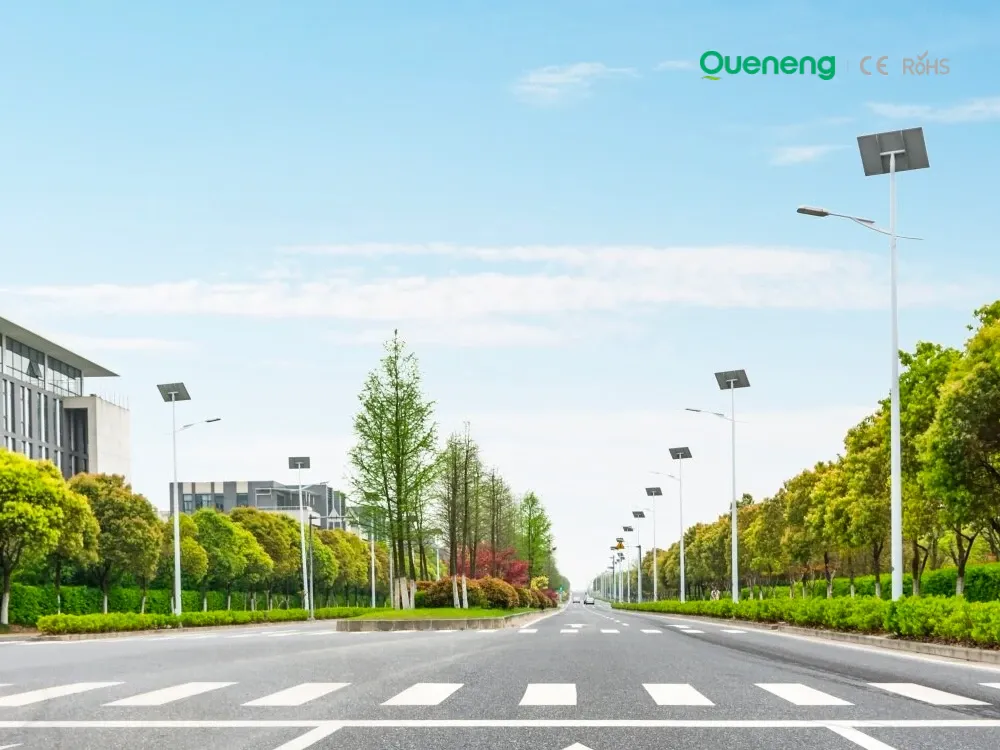
In recent years, the purchase of solar streetlights for municipalities has become a growing trend across the globe. Local governments are under pressure to reduce public expenditure, promote green energy, and create safer communities. Solar streetlights provide a reliable, cost-effective, and sustainable solution that meets these needs. Queneng Lighting, as a leading solar street lighting manufacturer, has supported multiple municipal projects worldwide with customized and energy-efficient solutions.
FAQ
Battery and Analysis
What is the principle of charger? What are the main categories?
Sustainability
What factors should be considered when choosing an installation location?
Solar street lights should be installed in areas with abundant sunlight and minimal obstructions to ensure the photovoltaic panels receive maximum sunlight. Avoid locations close to trees or tall buildings that could cast shadows on the panels.
who we are
How can I contact Queneng for inquiries or product support?
You can contact us through our website, where you can find contact forms, customer service phone numbers, and email addresses. Our support team is available to assist with any inquiries, product information, or technical support you may need.
What products does Queneng offer?
We offer a wide range of solar energy products, including solar lighting fixtures (street lights, garden lights, etc.), high-performance solar photovoltaic panels, energy storage batteries, and custom solar systems for various applications. We also provide installation and after-sales support.
Battery Performance and Testing
What is trickle charging?
Public Gardens and Landscape Lighting
How much sunlight do solar lights need to function properly?
Solar lights typically require 6-8 hours of direct sunlight during the day to charge fully and provide 8-12 hours of lighting during the night. However, our high-efficiency solar panels are designed to maximize energy capture even in less-than-ideal sunlight conditions.


Queneng's Luzhou Solar Street Light provides sustainable, energy-efficient outdoor LED lighting. Powered by solar energy, it's a cost-effective and eco-friendly solution for illuminating streets and pathways. A reliable and durable LED solar street light.

Introducing the Luqing Solar Street Light by Queneng, Efficient LED lighting powered by solar energy is perfect for illuminating outdoor areas. Harness the power of solar energy for sustainable, reliable street lighting. Ideal for eco-friendly, cost-effective outdoor illumination solutions.

The Solar Street Light offers an energy-efficient, eco-friendly solution for illuminating outdoor spaces.

Queneng’s Solar Street Lights are designed to provide reliable, energy-efficient lighting for streets, parks, and other outdoor spaces.

Queneng's Luxian Reliable Solar Street Light offers energy-saving LED lighting for outdoor use. This durable, solar-powered street light provides reliable illumination, reducing energy costs and environmental impact. A perfect solution for sustainable outdoor lighting.
If you would like more information about Queneng solar lighting solutions, please send us a message by filling out the form below. Our professional team will get back to you within 24 hours!
Rest assured that your privacy is important to us, and all information provided will be handled with the utmost confidentiality.
Schedule a Meeting

Book a date and time that is convenient for you and conduct the session in advance.
Have more questions about our products or services?

